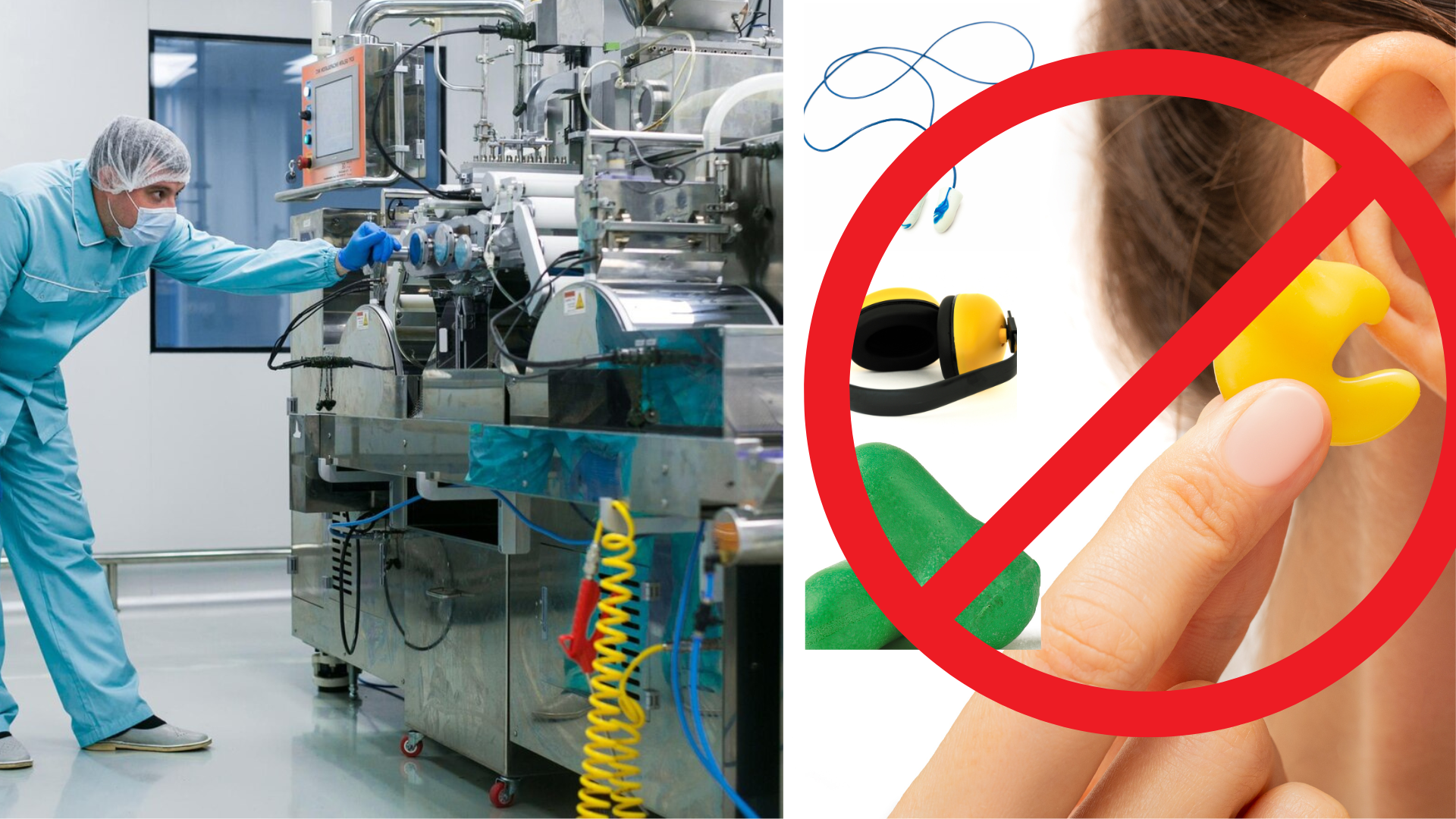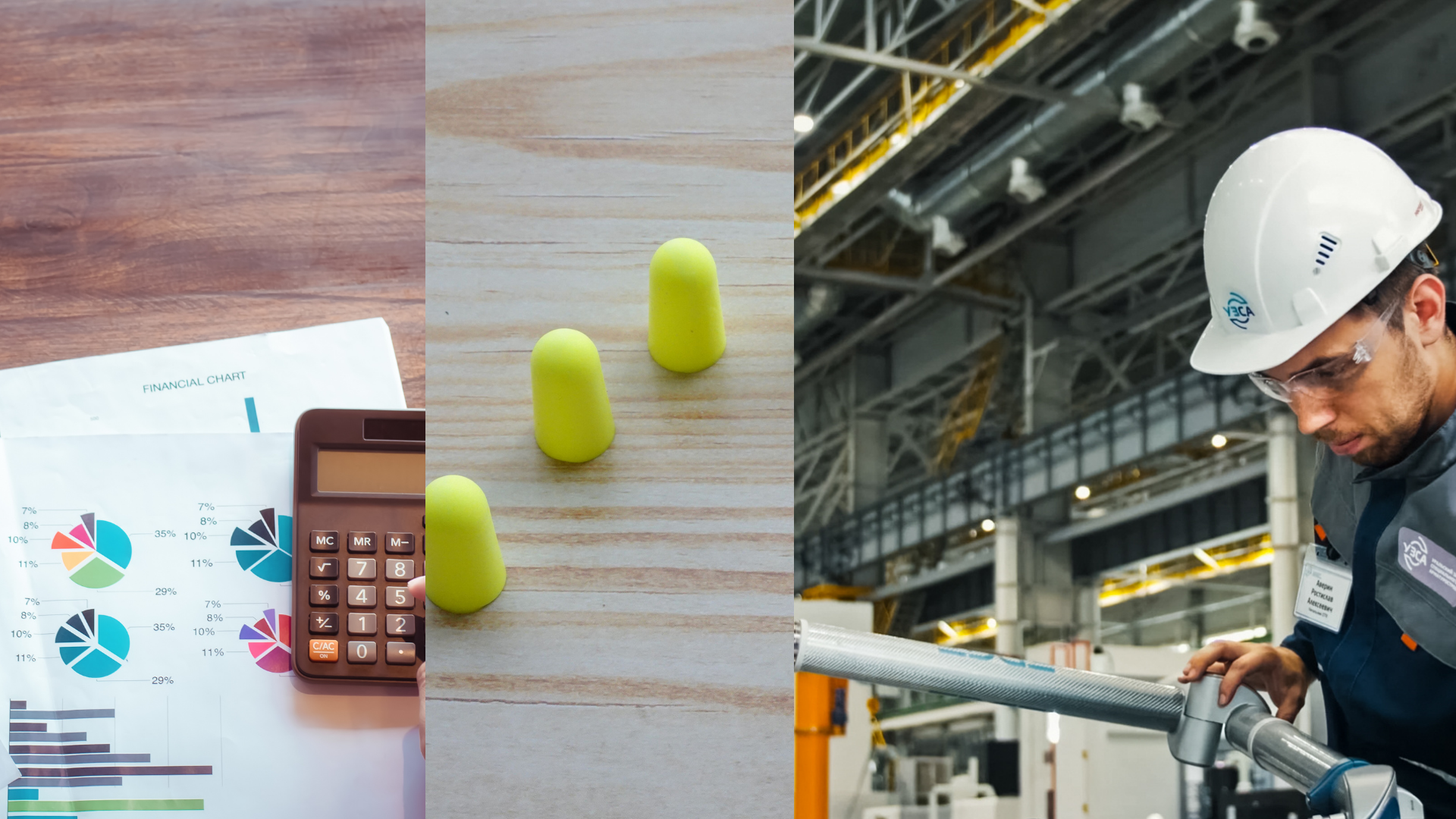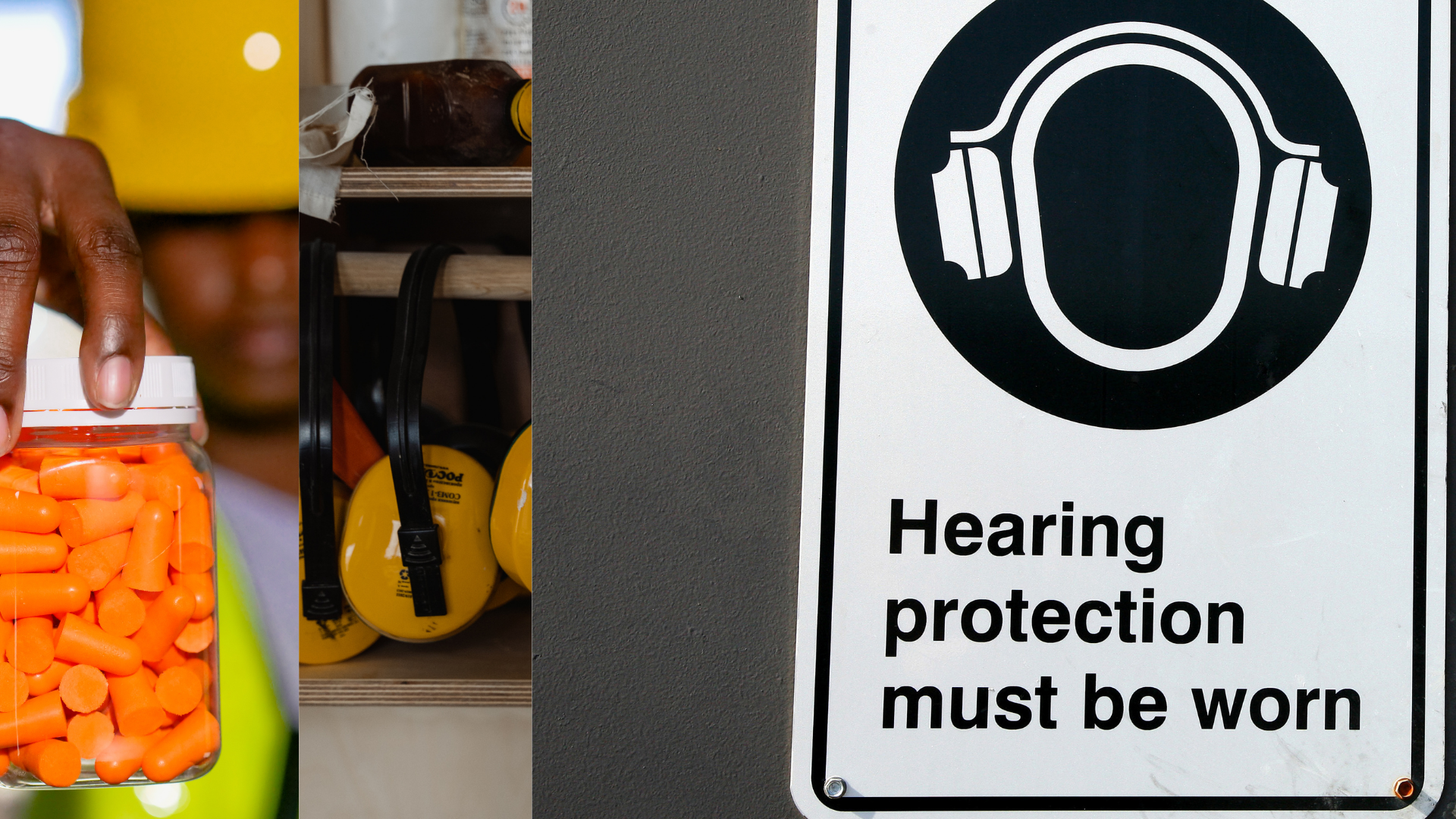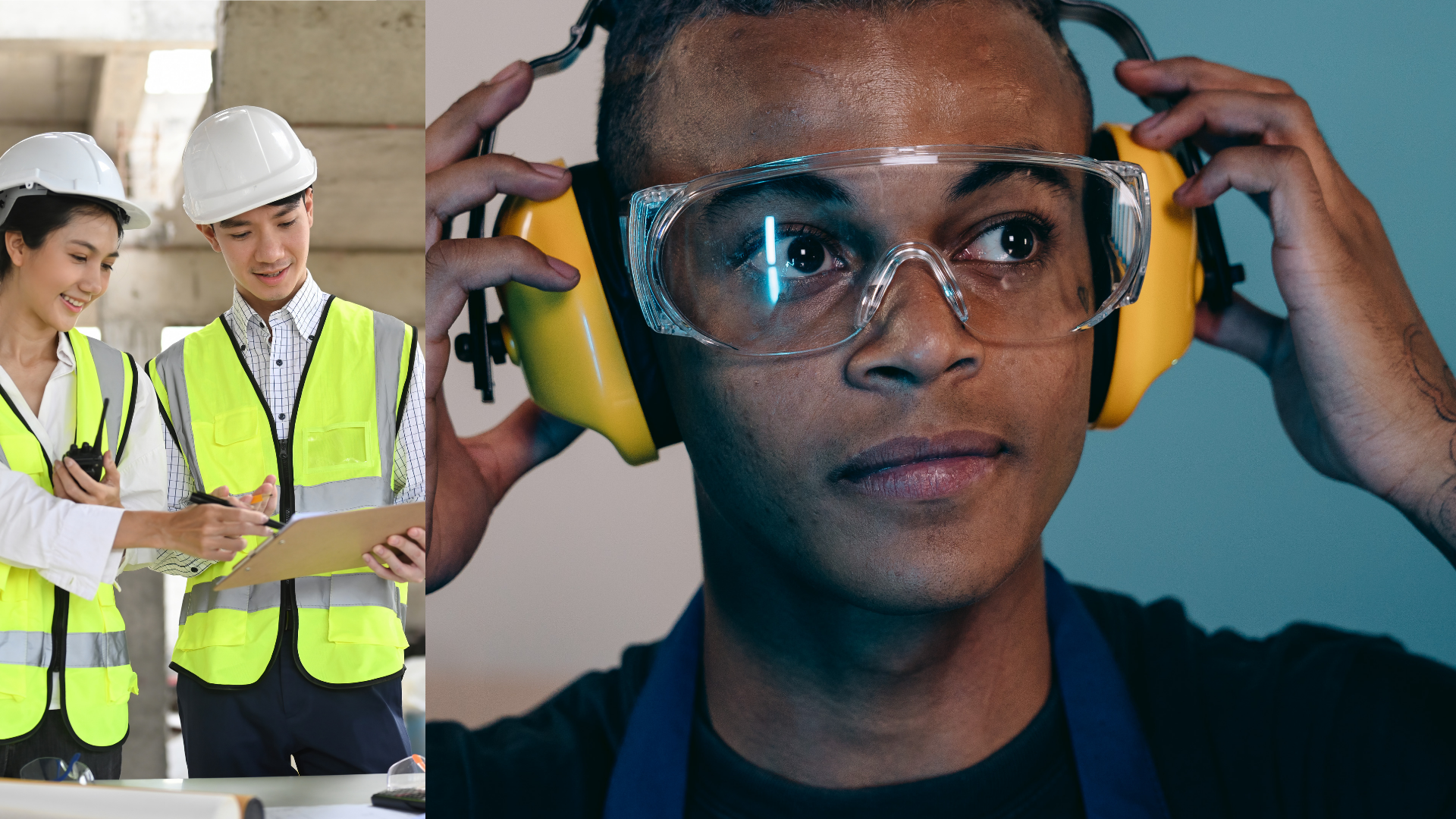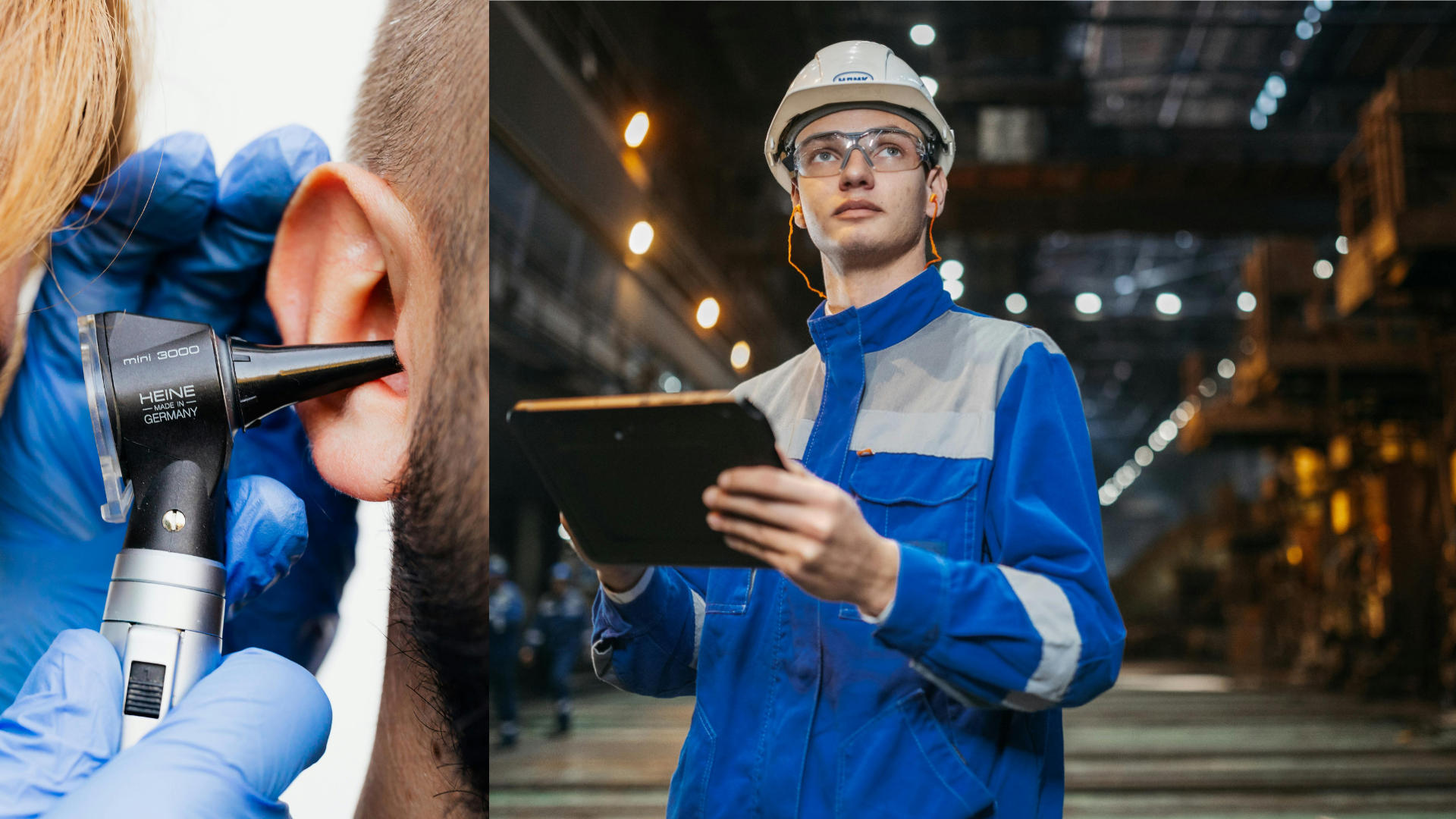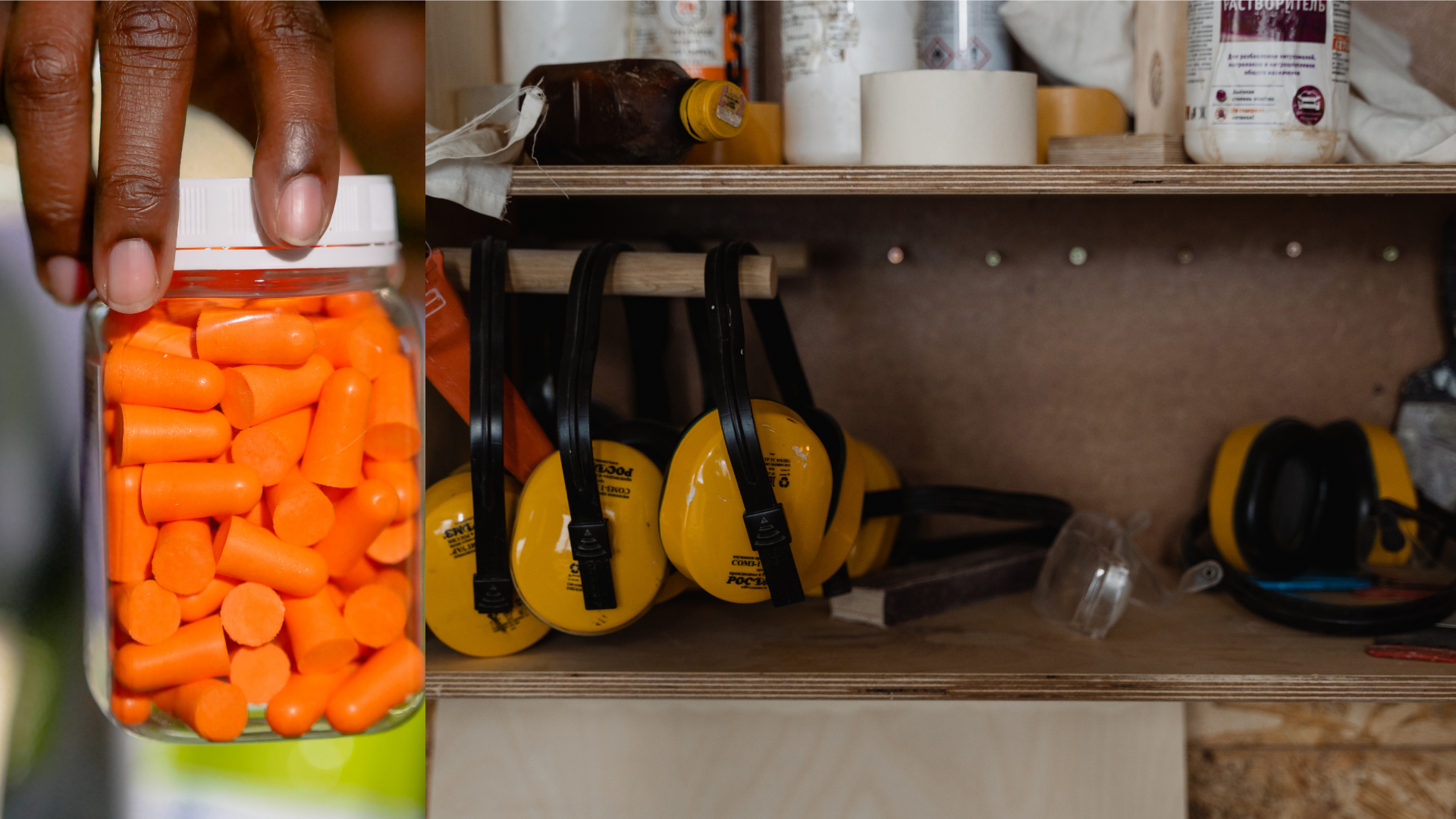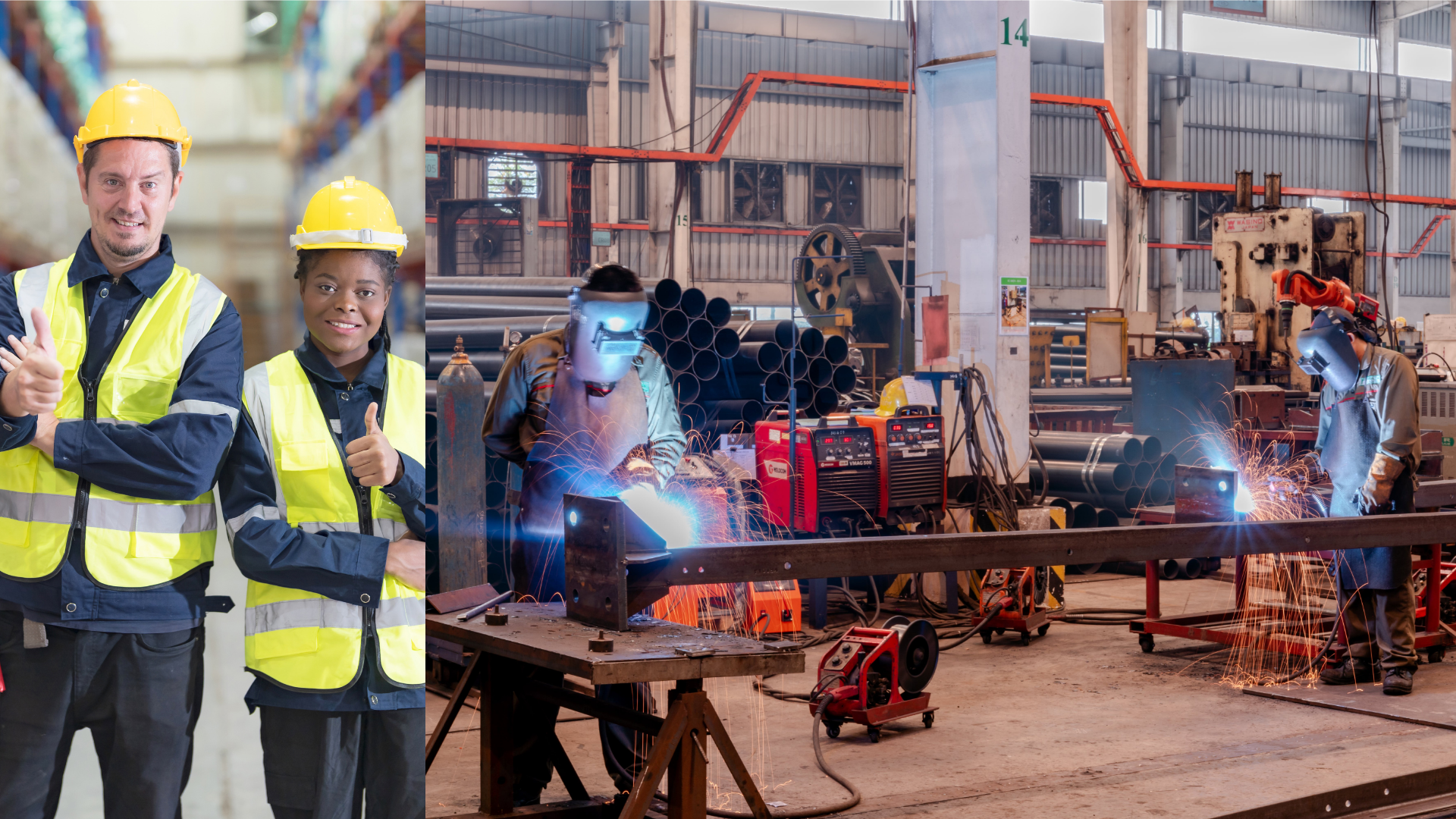Monitoring Your Daily Exposure to Noise
Noise pollution is a big issue in a world that continues to get louder. Exposure to noise from workplaces has long been recognized as a health issue and is continually monitored to protect employees from hearing loss.
But its not just noise at work we have to be careful of – dangerous noise levels are present off the job, too. During a 2011-2012 CDC survey, it was found that as many as 40 million people (24 percent) had hearing loss due to noise sensitivity during one or both ears.
And how do we ensure noise exposure does not leave us with permanent hearing loss? To keep our hearing intact and reduce lasting damage, learning to detect excessive noise and using resources to stop it and shielding ourselves from it are essential steps.
The louder it is, the less time you have
Protecting yourself from noise is not merely a matter of avoiding the loudest sounds. Instead, it is about managing your daily total noise exposure. It’s about the amount of noise and how long you are exposed to it.
The National Institute for Occupational Safety and Health (NIOSH) has set the safe exposure limit as 8 hours of being exposed to sounds of 85 decibels or less. The appropriate amount of listening time decreases exponentially as decibels increase. Here is some example NIOSH gives ranges:
- 85 dB (A) over eight hours
- 88 dB (A) 4 hours
- 91 dB(A) 2 hours
While these numbers are useful, they don’t always depict a realistic scenario. Unless you work in a noisy environment, it is unlikely that you would have to endure 85db for eight hours regularly. What it is trying to communicate is that at any given point in time, the sound level may be high without causing damage, as long as it is balanced out with lower levels of noise during the rest of the day.
The effects of prolonged noise exposure
The average person is born with around 16,000 hair cells in the cochlea of the inner ear. These cells help to detect sounds in your brain. Up to 30 percent to 50% of hair cells can be weakened or lost before a hearing test can assess changes in your hearing. Therefore, many hair cells can be damaged by the time you notice the hearing loss, and can’t be replaced.
Repeated exposures to excessive noise gradually kill these hair cells. In noisy environments, this can slowly reduce the ability to understand the words of the people you are talking to. Eventually, if hearing loss occurs, voices even in quieter environments will become challenging to understand.
The importance of sound meter apps
With a sound level meter or a mobile sound monitoring device, audio levels can be measured at any point in your day. Whether you’re out at a festival, a bar, a sports arena, or any other place where the noise for your hearing reaches safe levels, you can now use a smartphone app to monitor noise in your environment.
What to do when there’s too much noise.
When the noise is louder than 85db, NIOSH advises that you take care to protect the hearing in the following ways:
Don’t fight noise with more noise. Listening to loud music to block noise when in public transport has been shown in a recent study to increase the risk of noise-induced hearing loss. The authors of the study noted that “commuters listen to high volume levels to mask the background noise encountered during their daily commute.” By turning up the volume in high noise areas, they said, this puts even more strain on the ears, resulting in noise-induced hearing loss. Instead, invest in a decent pair of noise-cancelling headphones to avoid turning up the volume too loud to block out of the background noise.
Follow the 60/60 rule : Listen to music on earbuds or headphones at no more than 60% of the volume capacity of your smartphone, for no more than 60 minutes before taking a break.
Restrict your exposure time: Whether you’re at a concert of work in a noisy environment, take frequent breaks from the source of the noise should be taken to rest your ears.
Use sufficient hearing protection : if the noise level is too high, use earplugs. These will ensure your hearing capacity is protected from the worst of the noise. Many earplugs minimize the noise by between 20 and 30 dB.
The post Monitoring Your Daily Exposure to Noise appeared first on Anadyne.


